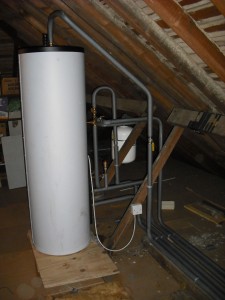Radiator manufacturing companies are coming up with inventive radiator designs which are effectively performing their heating role and are elegant looking as well. Radiators are available nowadays in various colours, designs and forms, allowing homeowners to truly have a choice of style and glamour whenever choosing radiators. Whenever choosing a developer radiator, there are some important aspects you should think about before investing your money. It is very important to keep in mind that the major intent behind a temperature radiator is always to warm up your house; therefore, the capability of one’s designer radiator to execute this work must be at the core of its design. First, consider the quantity of heat needed to loosen up your property to the recommended temperature. There are many formulas used to get this temperature and you will get them online heat output for radiators is calculated in thermal units per hour.
Another thing to take into account is the precise location of the radiator. With designer radiators, you may not have to full cover up them because it is the case with traditional radiators. These new inventive radiators could be placed as wall hangings or as art displays under windows or on walls. Radiators are often added to outside walls as cold air is able to push heat across the room. While the size of the radiator depends on its heat output capability, it can be important to consider it, particularly when you yourself have a tiny house or room. Once you’ve finished considering the factors that may affect picking a radiator in your house, now it is time to consider the kind of designer radiator to choose. The major thing to take into account is the sort of material you want. This can be determined by your budget as some materials will cost more than others. The most common and cheapest material is steel. Other materials include aluminium which can be malleable hence used to produce sleek radiator panels with elegantly sculpted features.Are you searching for gledhill cylinders? Look at the earlier described site.
Since aluminium is lightweight, it can be attached to almost all walls without causing strain on the structure. Further, this material is simple to warm up hence not much energy is necessary to warm the house. However, you need to understand that aluminium also loses heat rapidly when switched off. Cast iron is something that you need to consider. This material takes time and energy to heat but is slow to reduce the heat when power is turned off. Unlike aluminium, cast iron is heavy and must be mounted on walls or floors that may hold this weight. It has been a traditional material for radiators hence can be found in salvage companies, if you’re enthusiastic about those old designs. Other materials which are getting used nowadays include glass and stone. They have gained in popularity as they produce good decorative options and are energy efficient. Experts also advise that you need to put some thought into the finishing of the radiators as glossy surfaces don’t radiate as much heat as matt finishing.








